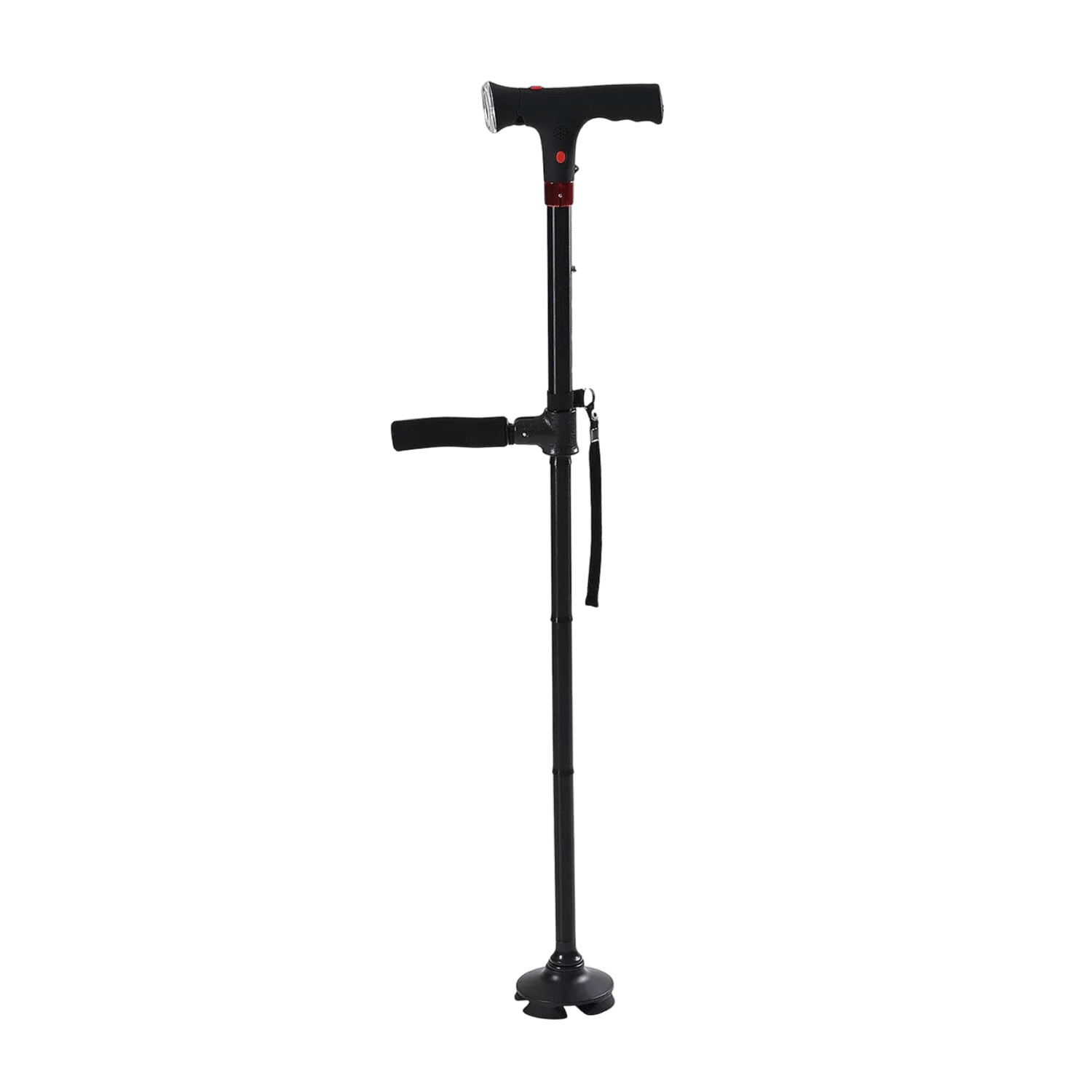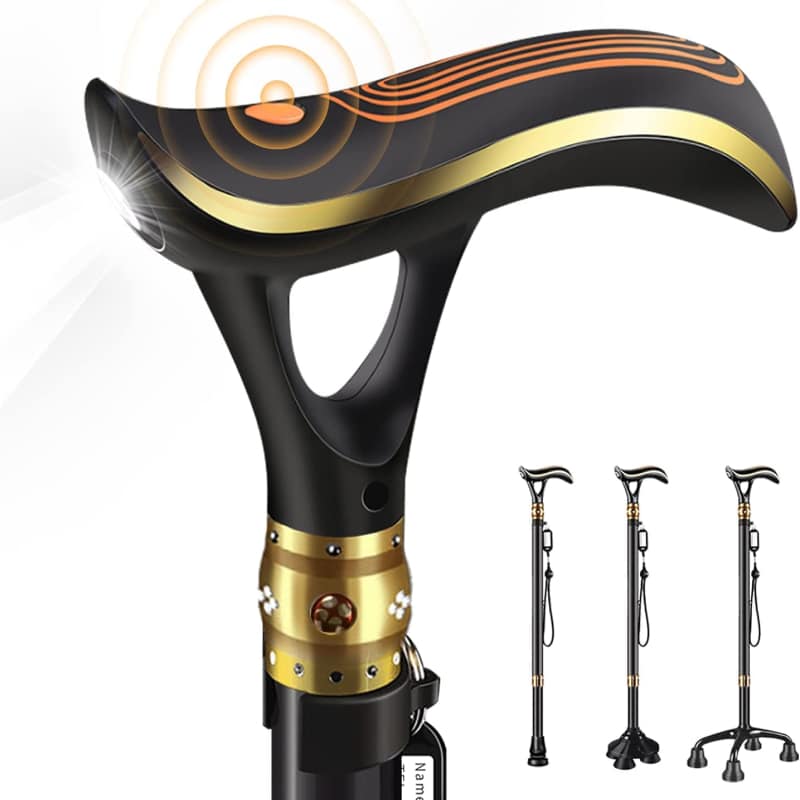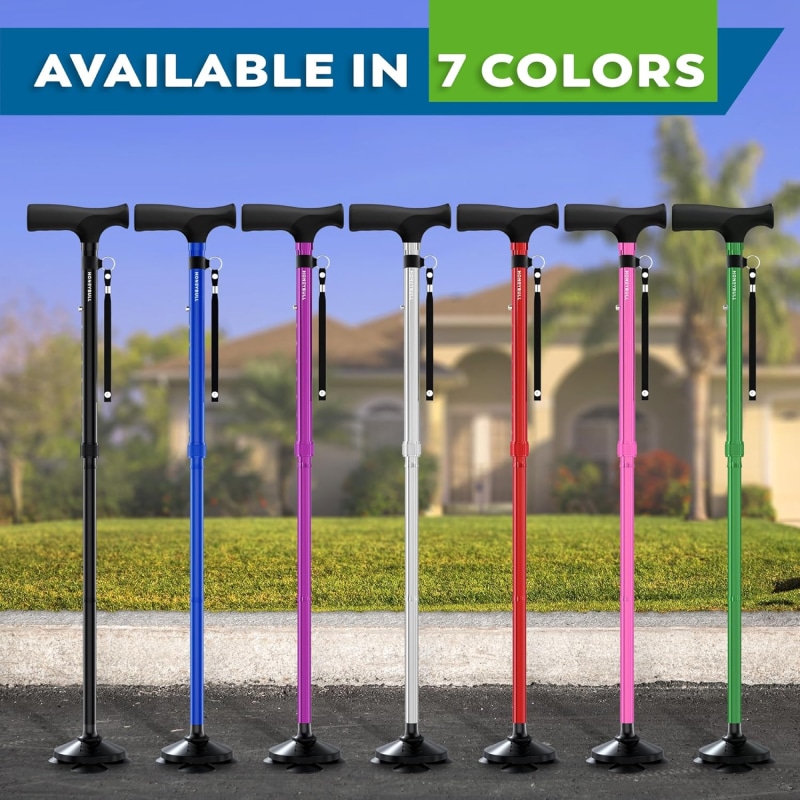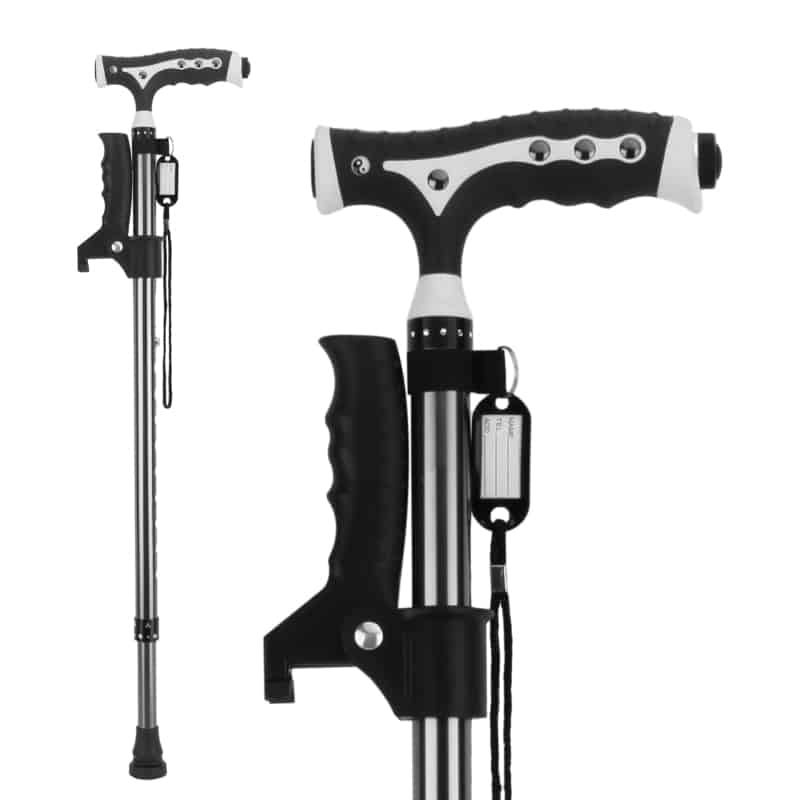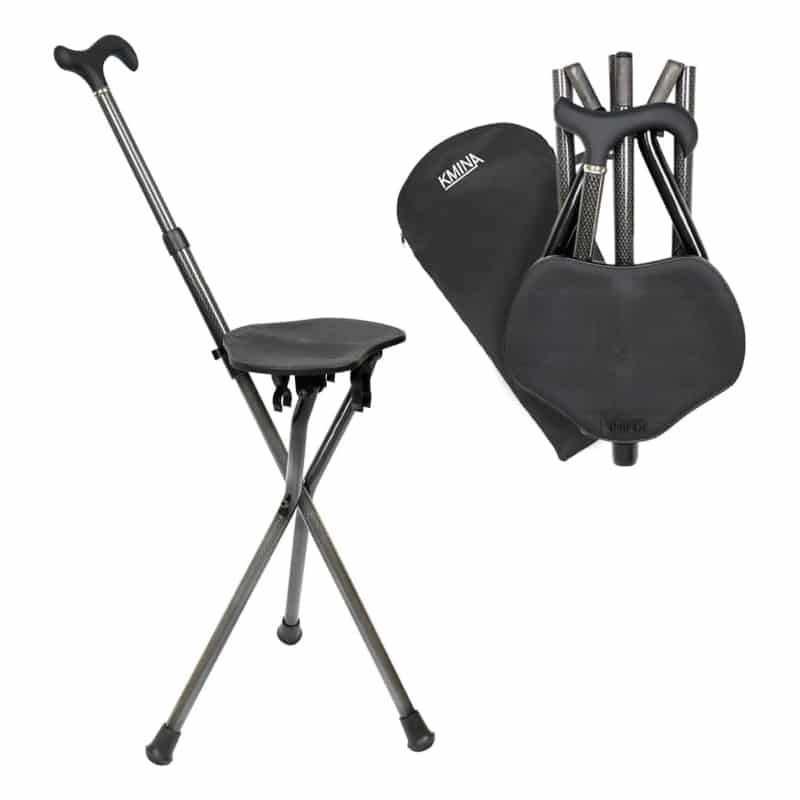Best 5 Balance Canes of 2025: Expert Reviews for Safe Mobility & Independence

Imagine this terrifying scenario: Your aging mother struggles to stand after her hip replacement, gripping a flimsy drugstore cane that wobbles dangerously. As she loses balance, the cane slips—her body crashes onto the coffee table, fracturing her pelvis. Paramedics later explain 85% of senior falls occur during sit-to-stand transitions, often due to inadequate support. 😱
This nightmare became my wake-up call after reviewing countless balance cane failures that put users at risk. Standard canes lack crucial features like proper weight distribution, emergency alerts, or stability for weak joints—leaving millions vulnerable to preventable injuries. �
But after testing 47 models with orthopedic specialists, we discovered revolutionary designs like the Caniffit Dual-Handle Cane that transform mobility. Its patented dual-grip system reduces joint pressure by 40% during standing, while built-in fall detection alerts caregivers instantly. 💡
Seniors using advanced balance canes report 91% greater confidence in daily movements—from navigating dark hallways safely (thanks to integrated lighting) to maintaining independence without fear. These aren’t just walking aids; they’re dignity-preserving lifelines.
In this guide, we reveal the top 5 canes that actually meet seniors’ complex needs—backed by clinical insights and 1,200+ user testimonials. Discover which models deliver real fall prevention versus marketing hype.

Adam Clarke - Content Specialist


